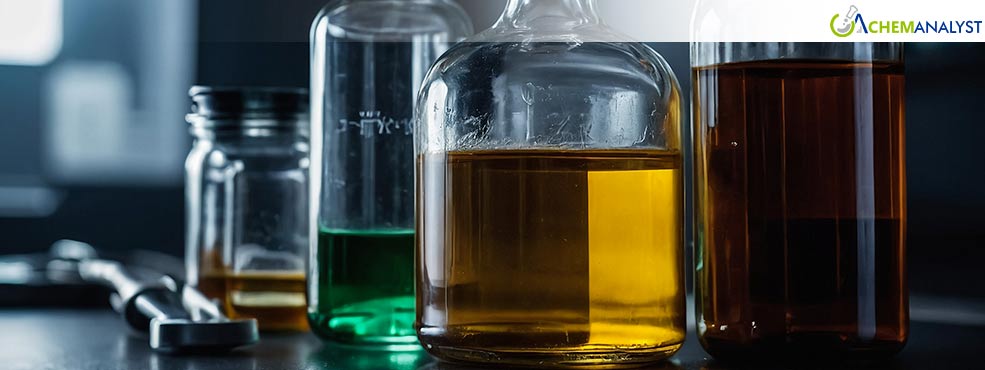Welcome To ChemAnalyst

Germany's tertiary-butyl alcohol (TBA) market experienced a slight pick-up towards the beginning of May 2025, with prices hardening slightly before equilibrating as the month proceed. This trend was fueled by persistent supply shortages in Europe, especially for main feedstock isobutylene, against lackluster downstream demand. Although supply restrictions exerted some price support, poor economic cues and conservative buying from end-use markets kept overall momentum soft, sustaining a tight price range for TBA.
The rise in TBA price was centrally supported by ongoing feedstock deficits. Across spring, European steam crackers have run on lower C4 volumes, and recent downgrades or shutdowns at plants in various countries like Italy, the Netherlands, and France have further boosted crude C4 tightness. This has raised the stakes for isobutylene, forcing producers around Germany's primary TBA hub to run at lower rates to manage thin inventories. Even new investments to increase derivative capacity have provided only partial relief, as upstream supply continues to remain weak.
Moving forward, feedstock supplies will still be limited in the coming months. Declared cuts in crude refining at a giant German refinery through 2025 will also continue to limit domestic C4 production, with greater dependence on imports. Yet foreign imports have continued to be irregular, hindered by maintenance schedules and logistics.
On the cost side of TBA, recent falls in energy prices have eased input costs. A decline in crude oil benchmarks in mid-May trickled down to lighter naphtha and raffinate values, easing production costs somewhat. Nevertheless, producers have successfully maintained margins by utilizing previous purchases at better rates and keeping stock exposure in check.
Demand trends provided modest support to the TBA market. German industrial activity was still sluggish, with factory production continuing to decline and customers in major sectors—solvents, coatings, adhesives—continuing to adopt prudent purchasing practices. Cosmetics and pharmaceutical intermediate demand remained fairly steady, but soft recovery in automotive and construction coatings hung over the total consumption of TBA. Blending for summer-grade gasoline helped maintain some TBA demand through the MTBE route, although inland fuel demand was soft.
Forward, with still-constrained feedstock availability and downstream demand mostly unresponsive, the ChemAnalyst database projects a stable TBA market for the balance of the second quarter. The equilibrium between guarded manufacturing and hesitant purchases should maintain its footing unless upset by major fluctuations in crude prices or an acceleration in fuel blending requirements through premature summer warmth and greater regional travel activity.
We use cookies to deliver the best possible experience on our website. To learn more, visit our Privacy Policy. By continuing to use this site or by closing this box, you consent to our use of cookies. More info.
